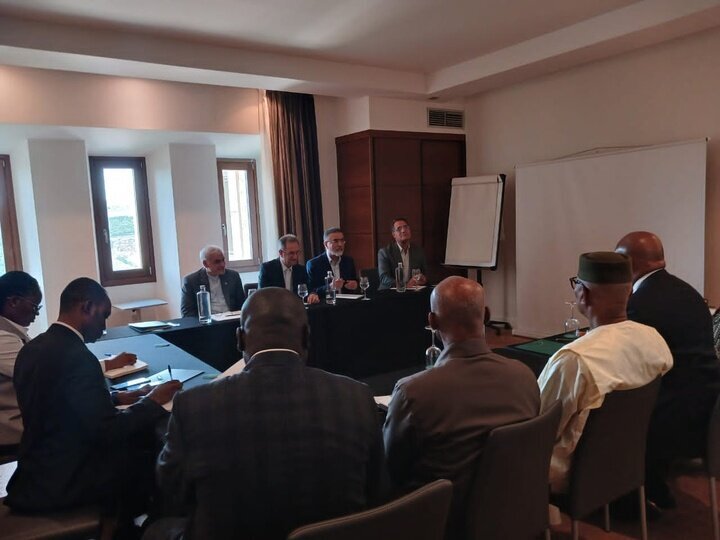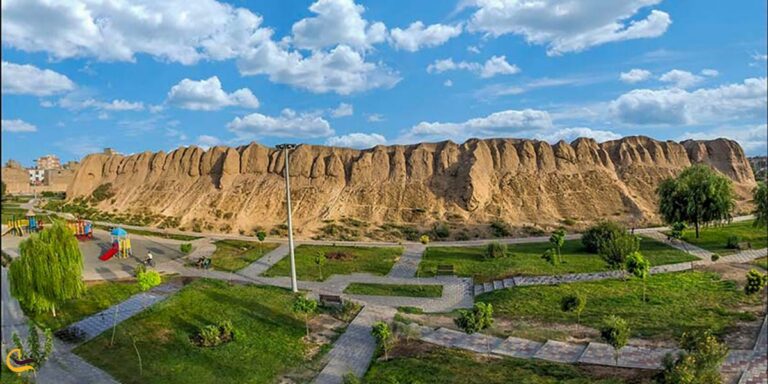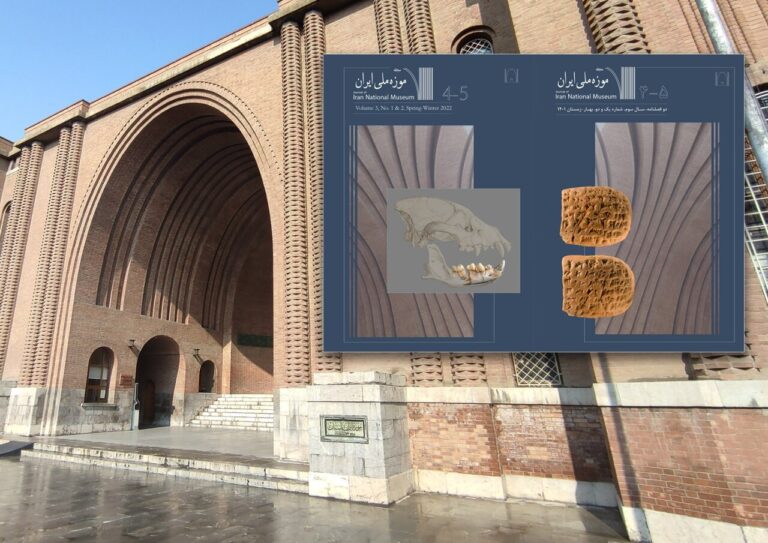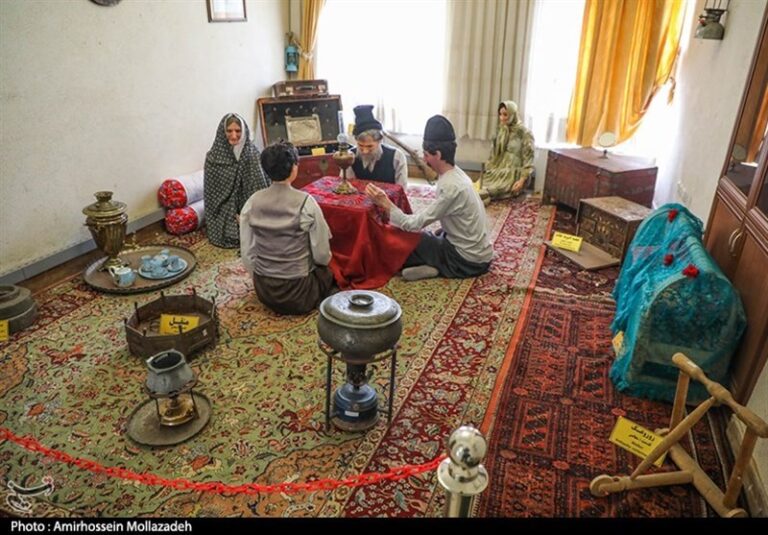
Similar Posts

4,000 Visitors Flock to Rey’s Historic Attractions During Nowruz Celebrations!
Rey, a historic city in Tehran province, attracted over 4,000 Nowruz tourists from March 15 to April 4, showcasing its rich cultural heritage. Highlights included the Rashkan fortress, which opened to the public for the first time, and various cultural events such as naqqali storytelling. Visitor numbers included 4,280 at Cheshmeh Ali and 3,350 at Rashkan. Director Qadir Afrovand emphasized the role of experienced tour guides and urged local authorities to improve infrastructure. Enhancements in historical sites, including Cheshmeh Ali and Tapeh Mil, aim to accommodate increasing visitors. Rey’s proximity to Tehran makes it an appealing destination for cultural exploration.

Iran National Museum Journal Unveils New Issue to Celebrate Cultural Heritage Week!
The Iran National Museum Quarterly Journal has released Volume 3, Issue 1, coinciding with Cultural Heritage Week and International Museum Day. This issue features 17 articles on archaeology and museology, published in English and Persian for public access. Key highlights include findings from the Lower Paleolithic site of Dehtal, insights on faunal diversity from Wazmeh Cave, and discoveries related to Neolithic burial practices. It also explores ancient administrative practices through Susa clay tablets and discusses innovative methodologies, such as CT scans of salt mummies. The journal emphasizes interdisciplinary research and aims to enhance appreciation of Iran’s cultural heritage.

Revitalizing Handicrafts: Comprehensive Rescue Plan in the Works
Iran’s handicrafts sector is set to receive a boost through a new rescue plan aimed at enhancing its economic viability and cultural significance. Deputy Minister Maryam Jalali-Dehkordi highlighted the initiative’s multifaceted approach, targeting economic growth, job creation, and export increases, particularly to the Caspian Sea littoral states and Persian Gulf countries. With a goal of 8% sector growth, the plan emphasizes quality, market research, and collaboration among stakeholders. Currently, Iran’s handicraft exports total approximately $500 million, while the global market is valued at $770 billion. Recognized cities and villages will further position Iran in the global handicrafts arena.

Hasanlu Golden Bowl Festival Officially Joins Iran’s National Tourism Calendar: A Cultural Celebration Awaits!
The Hasanlu Golden Bowl Festival, a key cultural event in Iran, has been added to the national tourism calendar. Annually held in Naghadeh, West Azarbaijan, it celebrates the discovery of the iconic Golden Bowl of Hasanlu, dated around 800 BC. Scheduled for August 11-16 at the archaeological site of Teppeh Hasanlu, the festival promotes local traditions and cultural identity through various programs, including performances, art exhibitions, and workshops. This vibrant event aims to enhance tourism and community engagement while honoring the region’s rich heritage and historical significance, making it a must-visit for history enthusiasts.

Discover Urmia Museum: Iran’s Hidden Gem of Historical Treasures
The Urmia Museum, established in 1967, is a significant cultural institution with over 26,000 artifacts, showcasing human history from the 7th millennium BC to the Qajar era. Notable exhibits include three ancient Urartian cuneiform tablets, which offer insights into the advanced Urartian civilization. The museum also features a hall dedicated to anthropological items, such as handwritten Qurans and traditional handicrafts, reflecting the region’s diverse cultures. It plays a crucial role in cultural preservation through education, research, and conservation efforts, making it an essential destination for history and culture enthusiasts.

Stunning Discovery: Ancient Greek Tomb Unearthed Near Corinth Reveals Secrets of a Lost Civilization
The Ministry of Culture has announced the discovery of an ancient Greek tomb site near Tenea in Corinth, resembling Hellenistic Macedonian tombs. The site features a unique “T”-shaped layout with a corridor and a burial chamber, housing a well-preserved sarcophagus believed to contain an adult woman. Archaeologists found various artifacts, including a gold ring depicting Apollo, Hellenistic coins, and votive offerings, indicating the site’s historical and religious significance. The tomb, used until the 4th century AD, has been linked to burial practices and rituals. Ongoing excavations promise to unveil further insights into ancient Greek culture and traditions.